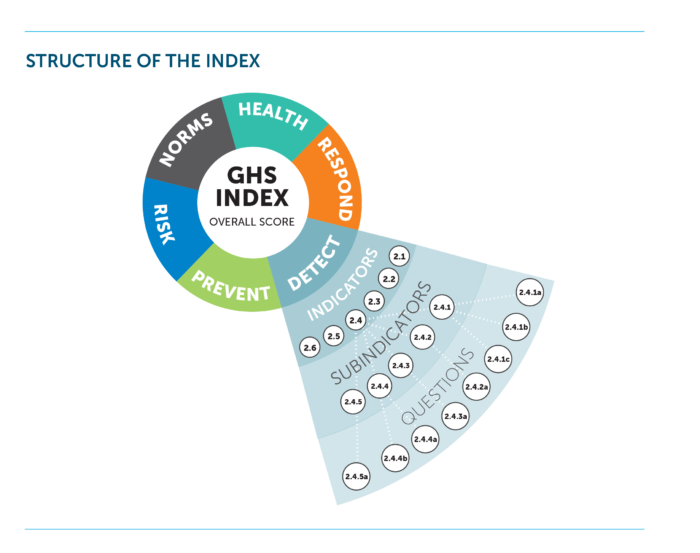|
Disease |
Elimination Targets |
|
Malaria |
Elimination by 2030 |
|
Lymphatic Filariasis |
Elimination by 2030 |
|
Kala Azar |
Elimination by 2023 |
India achieved the goal set by the National Health Policy, 2002 of elimination of leprosy as a public health problem, defined as less than 1 case per 10,000 population, at the National level in 2005.
Reference
NASA launched a new mission named Imaging X-ray Polarimetry Explorer (IXPE) onboard SpaceX’s Falcon 9 rocket.
Reference
The Global Health Security (GHS) Index 2021 was jointly released by non-profits Nuclear Threat Initiative (NTI) and the Johns Hopkins Center for Health Security.

According to the GHS Index 2021, all countries remains unprepared for future epidemic and pandemic threats.
Reference
The Department of Pharmaceuticals had launched a Production Linked Incentive (PLI) Scheme for promotion of domestic manufacturing of Active Pharmaceutical Ingredients and their Key Starting Materials.
Reference
The United Nations General Assembly (UNGA) has conferred Observer Status to the International Solar Alliance (ISA).
Reference